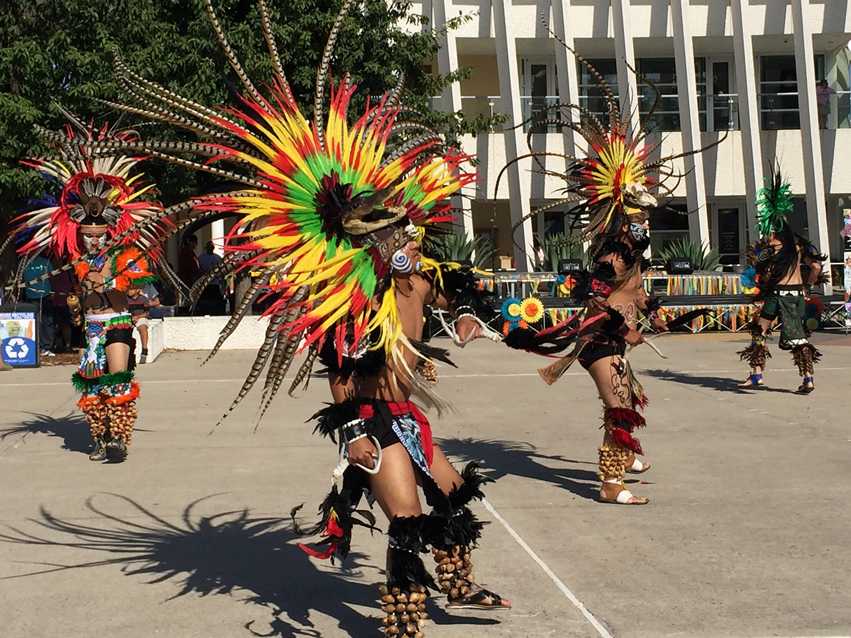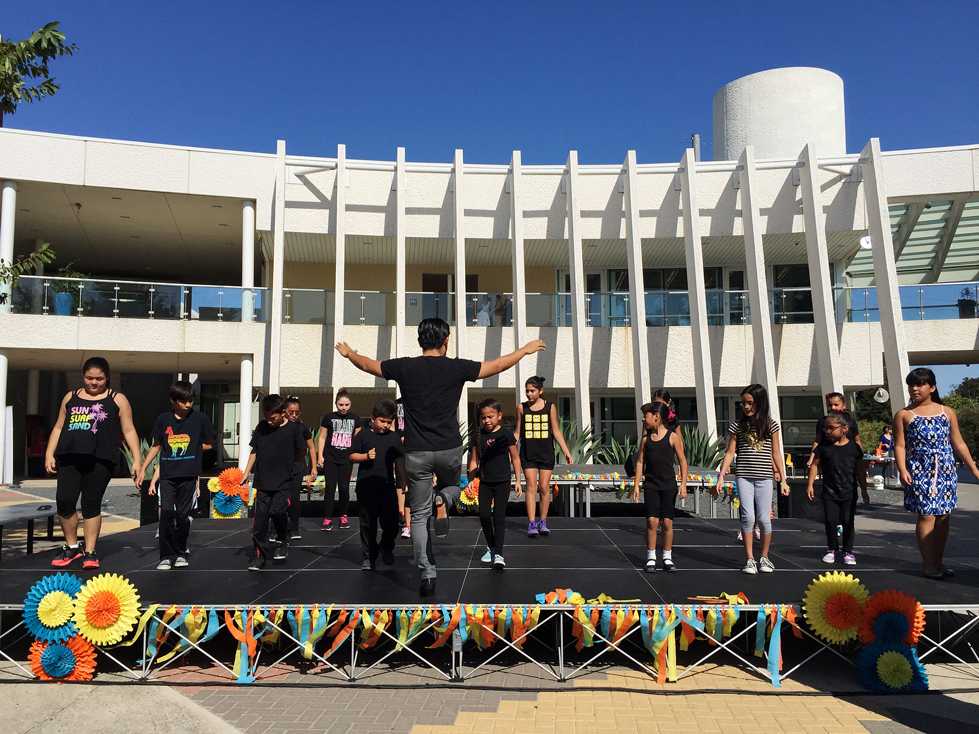By Jacqueline Ramos
The Emma S. Barrientos Mexican American Cultural Center was decorated with brilliant colors imitating the streets of Latin America to celebrate the second annual “Festival de las Artes Latinoamericanas,” or Festival of Latin American Art, during the weekend of Oct. 2 and 3.
The event was hosted by Voces Latinas, an organization based in Austin whose goal is to bring together the Latin American people of Austin through events like FALA. The festival originated in Phoenix, Arizona in 2012 when “La Fundación de las Artes Latinoamericanas,” or the Foundation of Latin American Art, decided to show the city how beautiful Latin American cultures are.
In 2014, Voces Latinas started working with La Fundación to present the first festival in Austin. Luis Ramirez, creator of Voces Latinas, says that it’s very important to create spaces for minorities when there isn’t one for them. “The goal of FALA is to show our rich culture and to give a platform to Latin American artist living in Austin,” Ramirez says.
On the opening day of the festival, a ceremony introduced Voces Latinas and other invited guests like Oaxaca Arte en Movimiento, Oaxaca Art in Movement and Texas Folklife—all Austin based organizations that work to preserve cultures. Oaxaca, arte en movimiento shares the culture of the state of Oaxaca, Mexico through music, dance, and traditional costumes. Texas Folklife focuses on preserving the past and present cultures within Texas.
In between speakers, Kiko Villamizar and the children of Mi TroVa performed songs for the crowd. Mi TroVa is a group of adults and children learning how to playing acoustic music. Villamizar, who has been playing music since he was 8-years-old, is a musician with Colombian roots. He describes his music as “latin root fusion,” which incorporates music styles from all over Latin America. Like Ramirez, Villamizar believes it is vital to have events like FALA. “Latin Americans are underrepresented and people of color need to have our space,” Villamizar says.
On Saturday, the festivities continued in the plaza outside of the cultural center. The stage was set up right in the center of the plaza, luring people in with its festive bright orange and green paper decorations. Music blared from the main speaker and families ran food stands, transforming the atmosphere into a real fiesta. Peruvian empanadas were being sold next to Salvadoran pupusas and Mexican chicharrones, portraying the diversity of Latin culture.
In the evening, Edgar Yepez, a member of Oaxaca, arte en movimiento, brought children on to the stage and taught them a traditional dance. Although they were shy to dance in front of the audience at first, the children’s confidence, and their smiles, grew with time.
For the rest of night, the crowd was enchanted by dances from the indigenous people of Mexico and Panama, and beautiful music created by artists from Ecuador, Peru and Mexico. The festival ended with a popular comedic play called “Se Vende Una Mula,” or “A Mule For Sale, ” that had the audience crying from laughter, leaving smiles on their faces as they left the event.













































